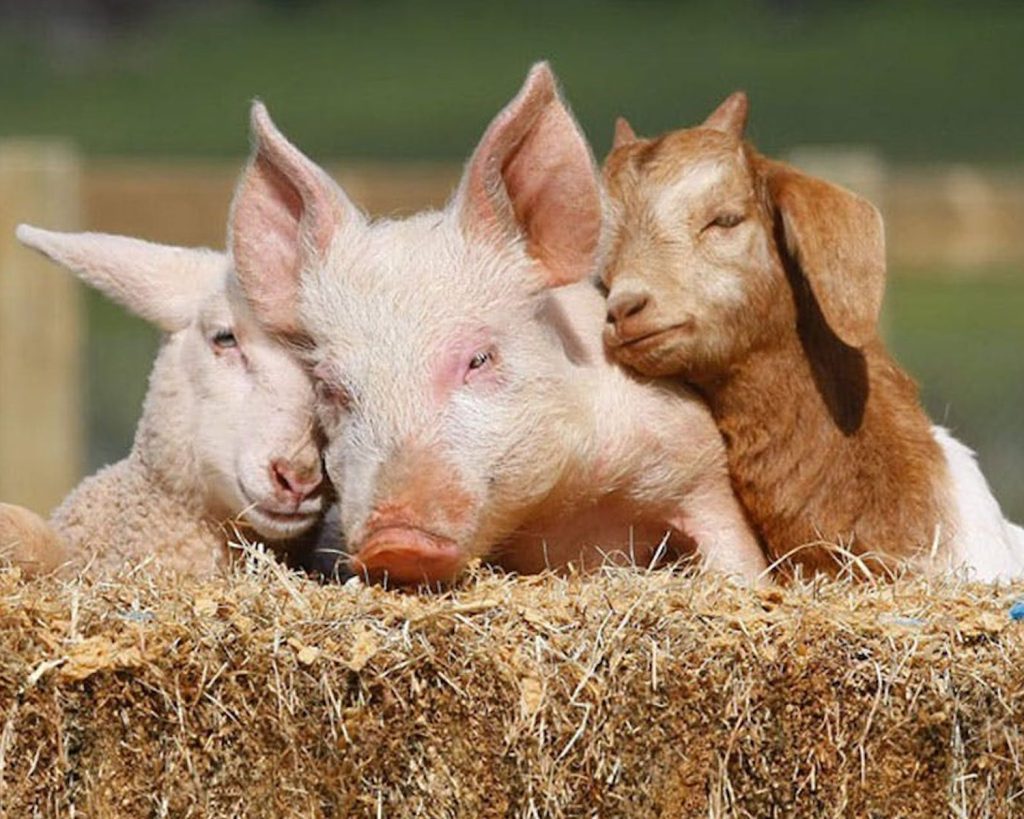This category examines how animals—feeling, thinking beings—are affected by the systems we build and the beliefs we uphold. Across industries and cultures, animals are treated not as individuals, but as units of production, entertainment, or research. Their emotional lives are ignored, their voices silenced. Through this section, we begin to unlearn those assumptions and rediscover animals as sentient lives: capable of affection, suffering, curiosity, and connection. It’s a reintroduction to the ones we’ve learned not to see.
The subcategories within this section provide a multi-layered view of how harm is normalized and institutionalized. Animal Sentience challenges us to recognize the inner lives of animals and the science that supports it. Animal Welfare and Rights questions our moral frameworks and highlights movements for reform and liberation. Factory Farming exposes one of the most brutal systems of mass animal exploitation—where efficiency overrides empathy. In Issues, we trace the many forms of cruelty embedded in human practices—from cages and chains to lab tests and slaughterhouses—revealing how deeply these injustices run.
Yet the purpose of this section is not only to expose cruelty—but to open a path toward compassion, responsibility, and change. When we acknowledge the sentience of animals and the systems that harm them, we also gain the power to choose differently. It’s an invitation to shift our perspective—from dominance to respect, from harm to harmony.
Rabbits are often depicted as symbols of innocence and cuteness, adorning greeting cards and children's storybooks. Yet, behind this charming facade lies a harsh reality for millions of farmed rabbits worldwide. These animals are subjected to immense suffering in the name of profit, their plight often overlooked amidst the broader discourse on animal welfare. This essay aims to shed light on the forgotten suffering of farmed rabbits, examining the conditions they endure and the ethical implications of their exploitation. The Natural Life Of Rabbits Rabbits, as prey animals, have evolved specific behaviors and adaptations to survive in their natural habitats. They are primarily herbivores, feeding on a variety of plants, and are most active during dawn and dusk to avoid predators. When above ground, rabbits exhibit vigilant behaviors, such as sitting up on their hind legs to scan for danger and relying on their acute senses of smell and peripheral …


























































